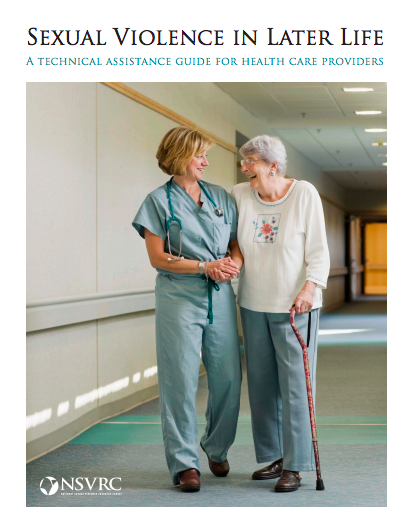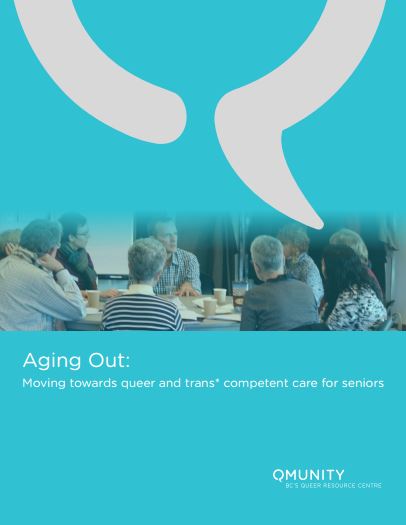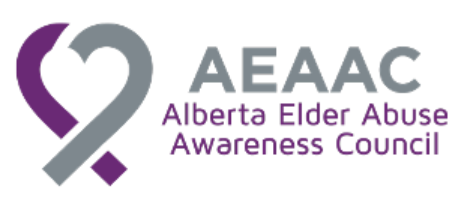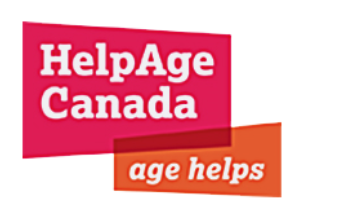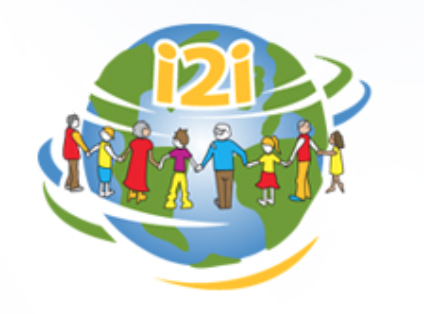Practice Tools
The following is part of our project “Increasing Access to Justice for Older Adult Victims of Sexual Assault: A Capacity Building Approach”, funded by the Justice Canada Victims Fund.Learn more about this project or consult the full list of resources
"The purpose of this guide is to assist physicians, nurses, and other clinical health care providers in meeting their professional obligations in identifying and providing intervention and treatment to older victims of sexual violence. It includes introductory information, such as definitions and a problem statement, as well as scenarios. Additionally, it discusses issues relevant to health care providers, such as practice recommendations, provider responsibilities, gathering patient history, examination, and evidence collection."
 "[W] e do know that between 2% and 10% of all older adults experience abuse, and that LGBT older adults have additional specific vulnerabilities."
"[W] e do know that between 2% and 10% of all older adults experience abuse, and that LGBT older adults have additional specific vulnerabilities."
This comprehensive article, written for for LGBT older adults and their loved ones, discusses warning signs for LGBT elder abuse. The article covers such topics as financial abuse, threats of "outing" and isolation, among others. It also provides resource suggestions.
Source: FORGE Transgender Aging Network (USA); National Resource Center on LGBT Aging (USA)
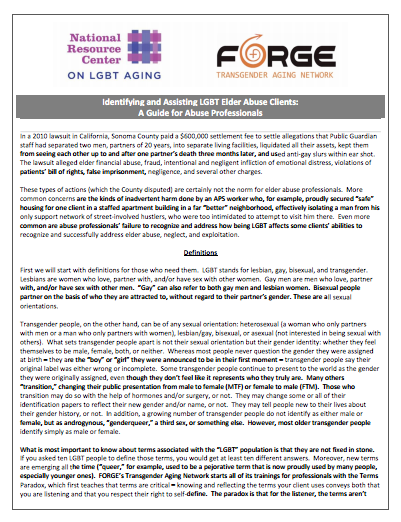 “For the most part, LGBT older adults experience the same types of abuse as non-LGBT elders. However, there are additional ways LGBT older adults can be victimized and more reasons why LGBT older adults may 'accept' this victimization.”
“For the most part, LGBT older adults experience the same types of abuse as non-LGBT elders. However, there are additional ways LGBT older adults can be victimized and more reasons why LGBT older adults may 'accept' this victimization.”
This comprehensive article, written for abuse professionals, discusses warning signs for LGBT elder abuse. The article covers such topics as financial abuse, threats of "outing" and isolation, among others. It also provides resource suggestions.
Source: FORGE Transgender Aging Network (USA); National Resource Center on LGBT Aging (USA)
 "This guide is an accumulation of evidence-based practices identified in the literature as being conducive to the train-the-trainer process. It draws upon studies of transfer training, knowledge dissemination, “cascade” barriers and facilitators, and effective teaching skills. It is inspired by the concept of self-efficacy and adult learning principles. The aim of this tool is to assist agencies to train their trainers in the prevention, detection and intervention of elder mistreatment."
"This guide is an accumulation of evidence-based practices identified in the literature as being conducive to the train-the-trainer process. It draws upon studies of transfer training, knowledge dissemination, “cascade” barriers and facilitators, and effective teaching skills. It is inspired by the concept of self-efficacy and adult learning principles. The aim of this tool is to assist agencies to train their trainers in the prevention, detection and intervention of elder mistreatment."
Page 11 of 15


